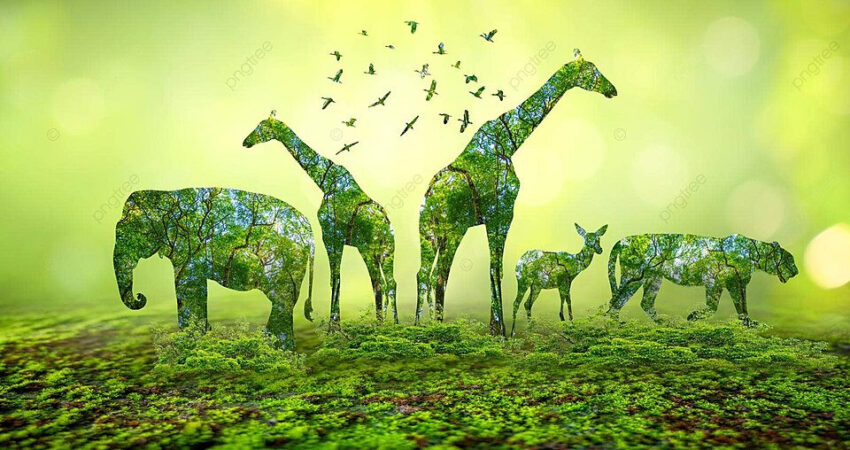Pets in Pop Culture: From Garfield to Doge — How Animals Conquered Media
From comic strips to internet memes, pets have taken center stage in popular culture for decades. Whether they are lazy cats, loyal dogs, or animated sidekicks, animals have captured the hearts of millions through humor, emotion, and relatability.
Let us explore how pets became global media icons and why they continue to dominate everything from cartoons to social media.
1. Garfield: The Grumpy Cat Who Made Us Laugh
First appearing in 1978, Garfield is one of the most recognizable fictional pets in history. Created by Jim Davis, this orange cat is known for his laziness, love of lasagna, and dislike of Mondays.
Garfield’s charm lies in his sarcastic, human-like attitude. His popularity led to movies, merchandise, and international fame. He proved that pets could be more than sidekicks — they could be the stars.
2. Snoopy: A Dog With Imagination
Another iconic pet, Snoopy from the Peanuts comic strip, captured hearts with his dreamlike adventures. Though he never spoke, his expressions and thought bubbles showed a rich inner world. Snoopy became a symbol of joy, loyalty, and imagination.
Snoopy’s place on lunchboxes, airplanes, and even as a NASA mascot shows the long lasting impact of pet characters in culture.
3. Disney and the Rise of Animated Animal Stars
Disney played a major role in making pets the emotional center of many stories. Think of
• Pluto and Goofy in classic cartoons
• Lady and the Tramp showing canine romance
• The Lion King presenting animals as complex heroes and villains
• Bolt and Oliver and Company highlighting pet friendships
These characters gave personality, emotion, and depth to animals in ways that both children and adults could connect with.
4. Real Life Animal Celebrities
Not all famous pets are fictional. Some real animals have become global stars. Examples include
• Lassie, the heroic dog from television and film
• Grumpy Cat, whose frown became a viral meme and brand
• Boo, the world’s cutest dog, with millions of followers
• Tuna the dog with an overbite, beloved for his quirky charm
These pets became symbols of positivity, humor, and internet culture, often bringing comfort to people around the world.
5. Doge: The Meme That Changed the Internet
One of the most influential pet icons of the internet era is Doge. Based on a real Shiba Inu named Kabosu, the meme shows her with comic captions in broken English, such as “so wow” and “much noble.”
Doge became a meme legend, symbolizing everything from joy to sarcasm. The meme’s influence even extended into cryptocurrency with the creation of Dogecoin.
What makes Doge special is how it represents the spirit of internet culture — playful, unpredictable, and full of love for animals.
6. Social Media and the Rise of Petfluencers
Today, pets are social media stars in their own right. From Instagram-famous cats to TikTok dancing dogs, pets dominate timelines with cute, funny, and emotional content.
Petfluencers like Nala Cat, Jiffpom, and Doug the Pug earn brand deals, publish books, and attract millions of fans. These animals are not just pets — they are global icons.
7. Why Pets Work So Well in Pop Culture
Animals speak to something universal in us. They remind us of
• Innocence and simplicity
• Unconditional love
• Joy and laughter in everyday moments
• The bond between humans and other living beings
Whether drawn, photographed, or filmed, pets capture attention because they reflect parts of ourselves — our emotions, our humor, and our need for connection.
Conclusion
From lazy comic strip cats to internet sensations, pets have shaped and conquered pop culture in every era. They entertain us, comfort us, and even teach us how to love without words.
In a world of changing trends, one thing stays the same. We will always have room in our hearts — and our screens — for animals.
